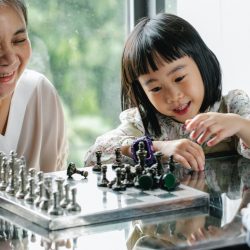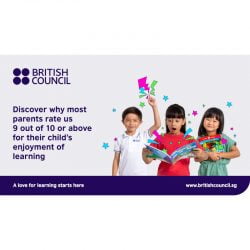SingaporeMotherhood | Parenting
November 2021
How Visuals can help Nurture your Child’s Creativity and Critical Thinking
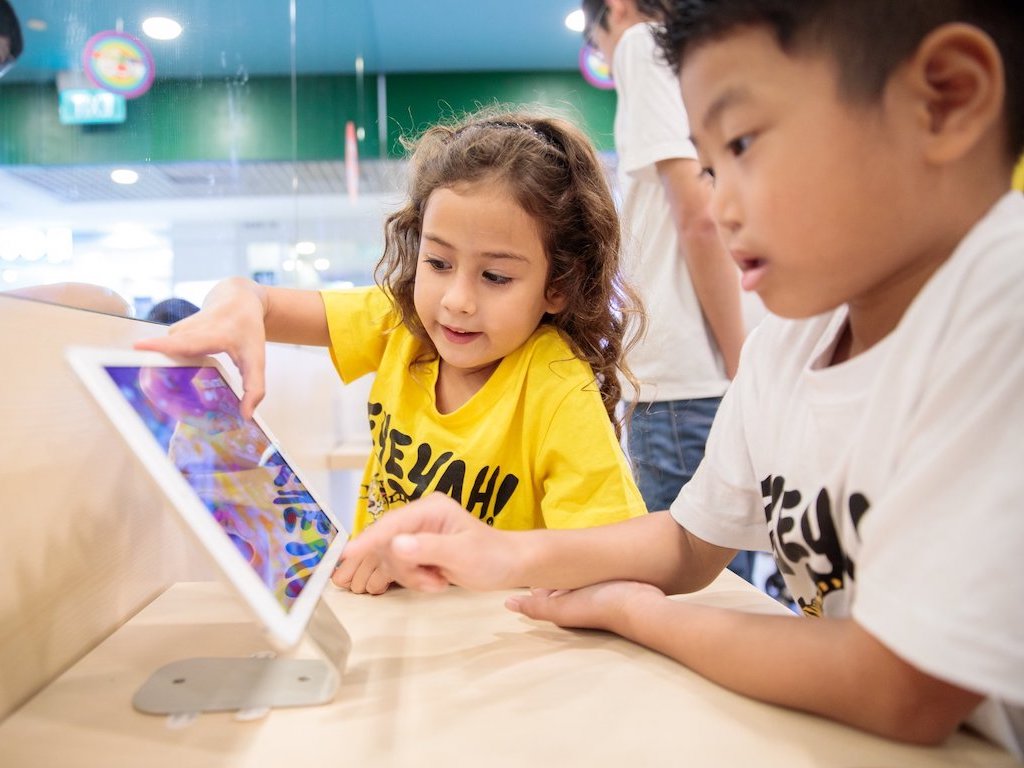
The saying that a picture paints a thousand words and has never resonated more than in this time. Growing up as part of a digital generation with screens in hand, our children see, receive, and send images daily. Consequently, for them, pictures do literally speak. If so, why not harness the power of visuals to communicate with them?
That’s what mum of two Tanya Wilson is doing in Singapore with EYEYAH!, an education platform that uses visual communications to teach youths about social issues. It won the Design of the Year award at the President*s Design Award 2020.
To Tanya, who moved from the UK to Singapore 18 years ago, visuals are the key to helping children manage complex challenges in an increasingly uncertain world. “Our brains process visuals 60,000 times faster than text, hence images have the power to translate ideas more quickly and impactfully compared to words.

“Take for example the 2018 ‘Planet or Plastic’ campaign by National Geographic that featured the iconic photograph of a plastic bag floating in the sea, the top half of the bag sticking out of the water looking like an iceberg. This visual metaphor for the health of the planet was the most recalled campaign of that year.”
Married to a Singaporean, the mother of two girls aged seven and nine tells us why, and how graphics can also help nurture a child’s creativity and critical thinking.
Parenting children in a digital world
My girls are avid users of technology who turn to the iPad as a source of entertainment and to unwind. They can spend hours surfing YouTube unless I put a stop to it.
I am torn between the non-digital way I grew up, and how my kids are growing up — which seems to be a lot faster. They are exposed to so much more, but it doesn’t mean they have the maturity and critical thinking skills to navigate all this content.
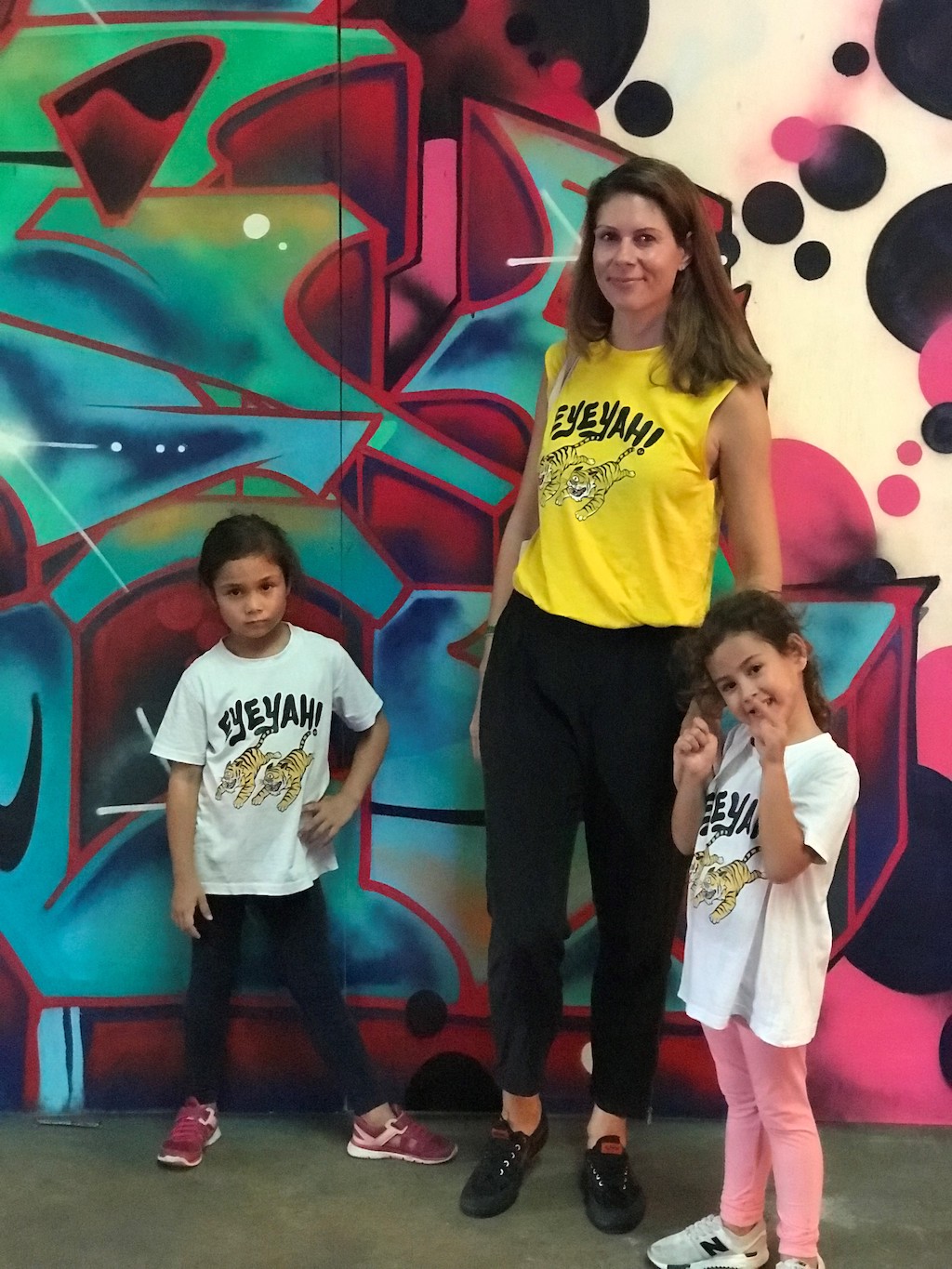
My main strategy is to be as informed as possible about the world and to have honest, open and mature conversations with them, with no topic being out-of-bounds. For example, if they ask about scam calls, we have a conversation about it and I’ll let them listen to one when I receive it. I also try to keep an eye on what they are learning at school, particularly in social studies or CCE, and reinforce it at home. Recently they learnt about ‘growth and fixed mindsets’.
However I realised that they hadn’t fully grasped the concept so I listen out for instances when my husband or I display instances of having a fixed mindset, and point it out to them. For instance, saying, ‘I’m not good at maths’ is a fixed mindset way of talking.
I also make a conscious effort to watch my own language and behaviours, like avoiding being on devices when I am spending time with them, and not using devices during family meal times.
Fundamentally kids like learning; the problems happen when they don’t understand and struggle.
EYEYAH!, a graphic magazine that teaches children about issues in a fun, accessible way
Over my 20-year career in visual communications, I’ve seen the power of graphics to entertain, communicate and educate. Particularly with the digital generation, images are a fantastic way of connecting with kids.
They grow up with images all around them — especially through social media — but they are not taught how to read or interpret these images. Neither are they taught how to sieve out fake news or deep fakes.
By working with images, we can not only improve children’s critical and creative thinking skills as well as their world-knowledge, but also make them better appreciate the impact that images and visual content has on them.
We do this though ‘deep images’ which have layers of meaning to them that invite the viewer to slow down and analyse the meaning behind the image. This trains skills of empathy, observation and visual literacy.
How her daughters inspire her in the creation of EYEYAH!
I’m inspired by their natural curiosity and their inherent love for learning. Fun facts combined with enticing imagery are a powerful way of getting them to remember information which they will happily share with friends. Here are some examples:
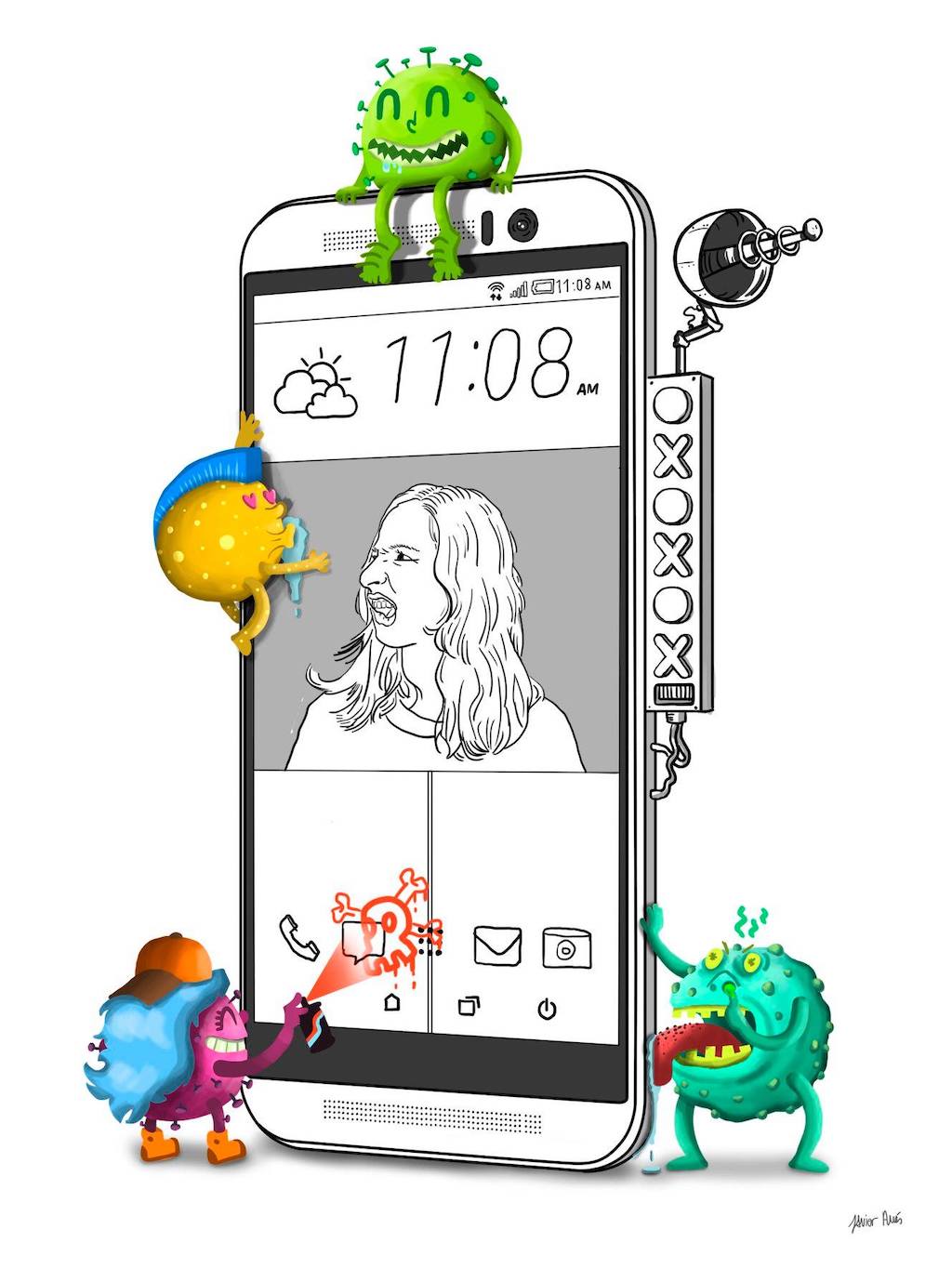
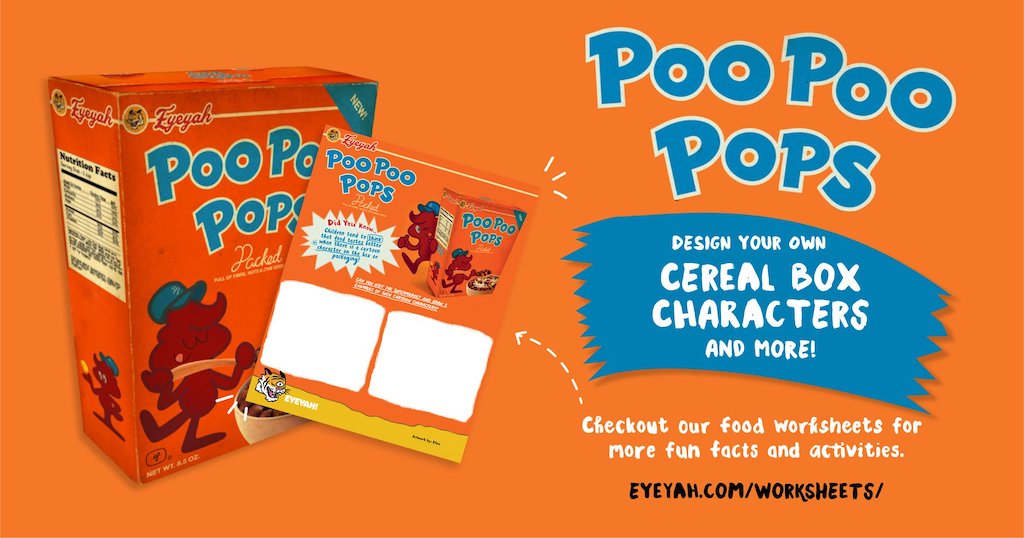
I also learn by keeping an eye on what my daughters are doing at school, especially through their CCE lessons, and seeing how we can complement that.
My daughters enjoy playing the EYEYAH! fake news quiz live challenge on Kahoot! because they can compete against their friends and learn how you can’t believe everything you see online. The quiz was a good starting point into the topic of fake news and scams. Each time I receive a scam call my eight-year-old wants to listen in. Stories of people who’ve been scammed fascinate her. My girls also love the Where’s Wally activities in the app.
Visuals have an edge in imparting difficult messages to children
Our brain processes visuals 60,000 times faster than text, so images have the power to translate ideas more quickly and impactfully compared to words. For example, topics related to mental health are sensitive and complex. There’s a lot of stigma around mental health, and having an open conversation is the first step. However, that can be difficult for some parents or teachers. Through graphics, we can bring these complex ideas to life. We can nurture the habit of looking at images with an active, curious and critical mind.
As the child is invited to interpret the image by describing what he sees and feels, their perspective provides the adult with an insight into the child’s mental wellbeing. For example, the image below can spark a discussion about social media and self-image.
This process invites them to spend time with ideas that they may relate to, or that make them uncomfortable. How they react can reveal a lot about their social and emotional wellbeing and their savviness about the world.
In discussing these topics, it is no longer about right or wrong answers. Instead, it is about empathy, trust, openness. Hence this addresses the first phase of dealing with mental health issues — removing the stigma and acknowledging that we all experience anxiety.
Using visuals to talk about touchy topics
First of all, it is important to recognise that each time your child has a question about something – no matter how inappropriate we deem it to be — it is an opportunity to impart learning and build their critical thinking muscles.
We need to go beyond setting internet filters or telling kids to avoid looking at sexually-explicit content. Appropriate images can be a good way to initiate conversations about foundational topics like autonomy, safety, and healthy relationships. These conversations can develop into ongoing dialogue about issues related to children’s sexual health, including porn consumption.
In my experience, kids are very ready to have these conversations. The hesitance often lies with parents and schools.
With appropriate visual content — for example the image below entitled ‘drowning’ — you can use the questioning technique below as a framework to teach your child to read and understand images.
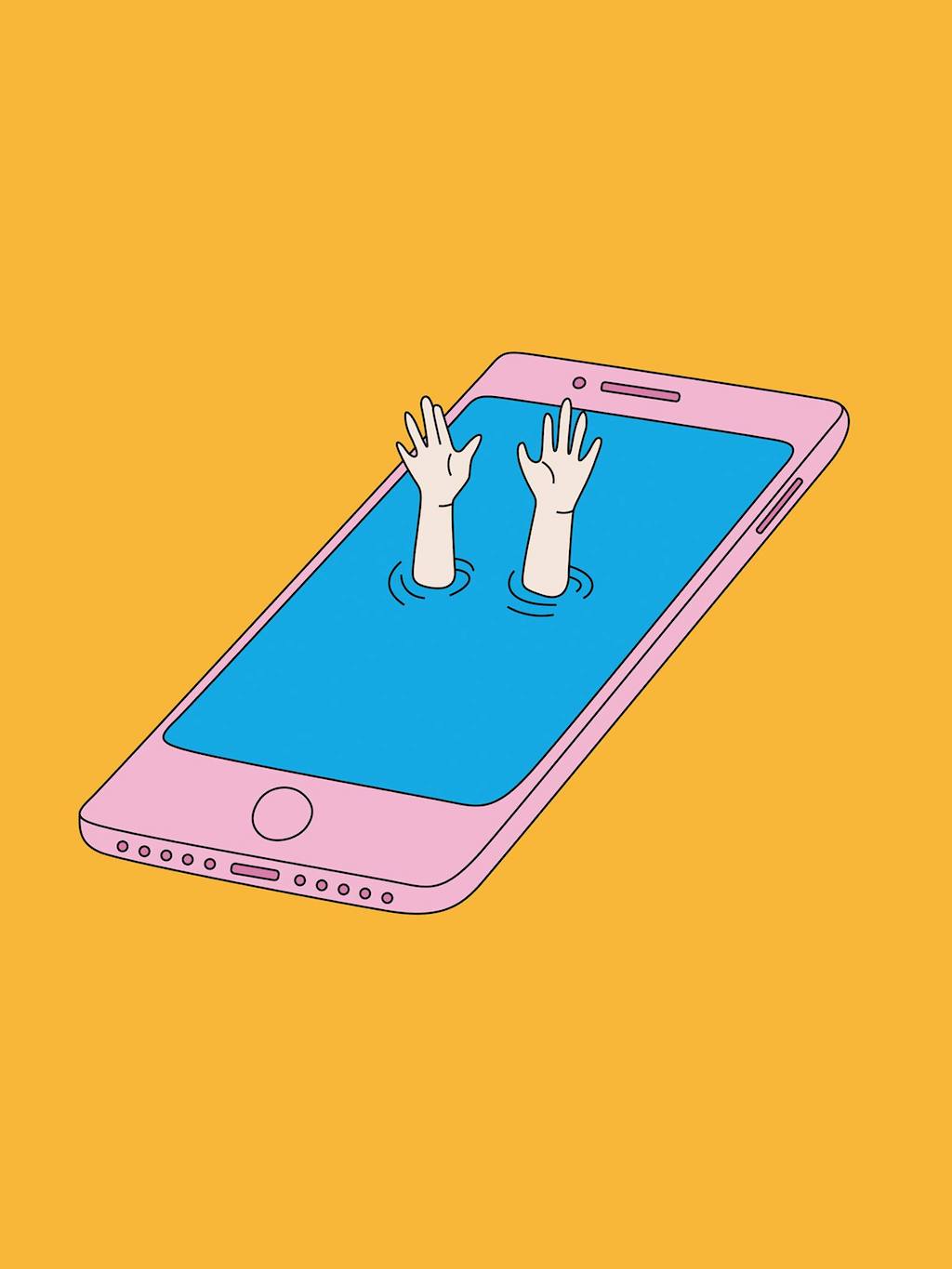
Step 1: Look
Start by allowing yourself and the child to take the time to slow down and look carefully. Start with the most basic: what medium or material is it – a photograph, an object, a painting, a drawing, or digital art?
Step 2: See
Looking is a physical act; seeing is a mental process of perception. What is the content of the image, what are the details, what colours are used, can you see any symbols?
Step 3: Think
Think about possible meanings. It is not about finding the “right answers”, but about understanding what the creator of the image is trying to communicate. How do the objects and symbols fit together to tell a story? Can you relate to it?
The digital pop-art style image above by Australian artist Yeah Yeah Chloe is a visual commentary about how smart devices can overwhelm us, to the point that we are drowning in them. The act of making sense of an image leads to an ‘aha!’ moment.
Developing creative and critical thinking in children
We are not born critical thinkers. You can train this essential life-skill by teaching kids to question everything, by making them understand they can’t believe everything they see on the Internet, by introducing them to persuasive design.
Also, we are all born creative, but if we don’t continually build this muscle it will eventually become weaker, to the point that many kids may not even consider themselves creative.
Kids can train their creative muscles in many playful ways. Activities like ‘Where’s Wally’ train observation. Puzzles, riddles and jokes help the brain make connections between unrelated things. Reading different types of books, watching documentaries and varied content, travel, visiting museums and galleries… all these expose us to different ideas, perspectives and ways of thinking. Kids are naturally curious, and as parents we need to feed that. The challenge is often for us adults to maintain that childish sense of wonder and curiosity about the world.”
Featured image James Hii on EYEYAH! Facebook
All content from this article, including images, cannot be reproduced without credits or written permission from SingaporeMotherhood.
Follow us on Facebook, Instagram, and Telegram for the latest article and promotion updates.




